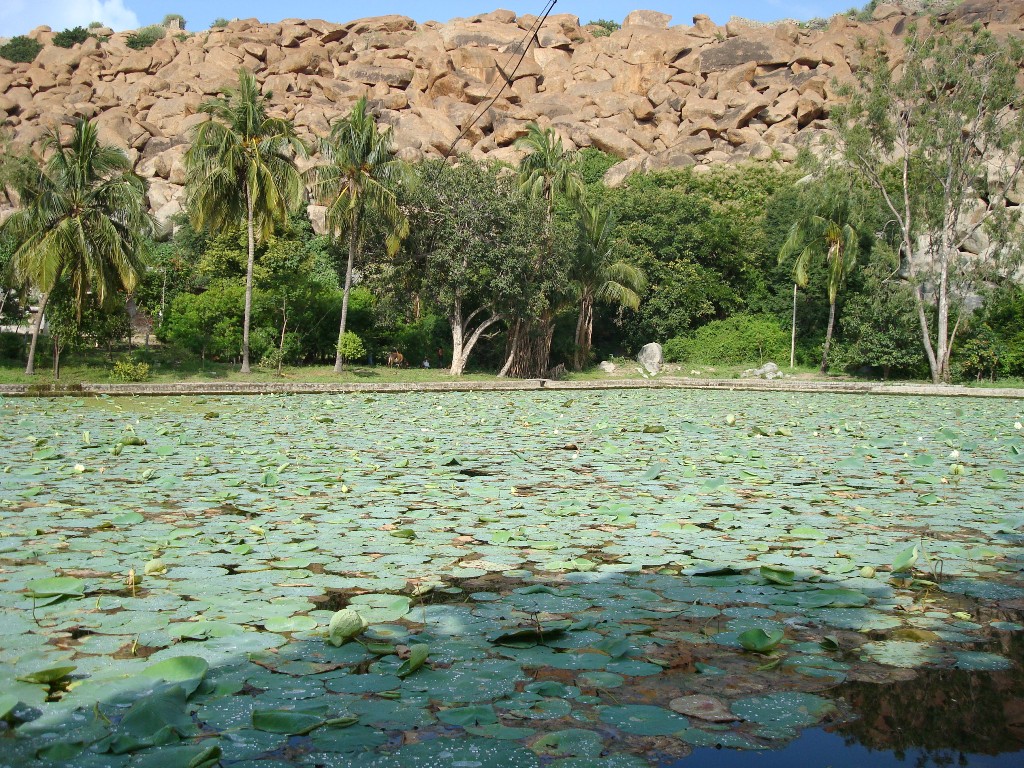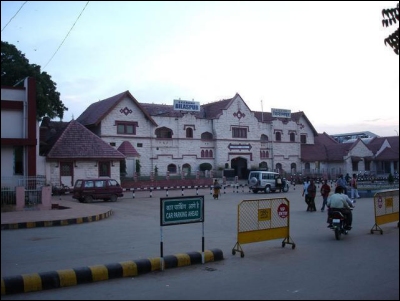Barnawapara Wildlife Sanctuary represents a remarkable ecosystem nestled in the heart of Chhattisgarh, embodying a complex narrative of natural conservation and human interaction. The sanctuary, established in 1976, spans an intricate landscape of undulating terrain, punctuated by hillocks and traversed by the Jonk and Balamdehi Rivers, creating a vibrant habitat for diverse wildlife and plant species.
The ecological significance of this sanctuary extends far beyond its geographical boundaries. With a rich tapestry of forest types including Sal, Teak, and Bamboo, the area supports a remarkable biodiversity that includes over 150 bird species and potential tiger populations. The recent return of a young male tiger in 2024 has sparked renewed hope for conservation efforts and wildlife regeneration after decades of absence.
Human settlement within the sanctuary presents a nuanced socio-ecological challenge. Eighteen villages historically embedded within its boundaries have experienced complex dynamics of conservation and community survival. The process of potential relocation involves delicate negotiations, balancing ecological preservation with human livelihood considerations, and requires intricate permissions from local gram sabhas.
Geographically situated in the historically rich Dakshin Koshal region, the sanctuary carries profound cultural significance referenced in epic narratives like the Ramayana and Mahabharata. Sites like Turturiya Dham, believed to be associated with Sage Valmiki and Sita's exile, add layers of mythological depth to the landscape, connecting natural spaces with centuries-old cultural memories.
The sanctuary's management approach prioritizes natural conservation over artificial structural interventions. Its design emerges organically from the existing terrain, with river systems and diverse forest compositions defining its ecological character. This philosophy of minimal human interference allows natural processes to maintain ecological balance and support wildlife regeneration.
Environmental conservation at Barnawapara extends beyond mere protection, representing a holistic approach to understanding human-nature relationships. The sanctuary serves as a critical research and observation site, offering insights into wildlife behavior, ecosystem dynamics, and the intricate balance between preservation and sustainable human interaction.
The region's wildlife conservation efforts are increasingly gaining national attention, particularly with the tiger reintroduction initiatives. These efforts symbolize a broader commitment to preserving India's rich biodiversity and creating sustainable habitats that can support endangered species while maintaining ecological equilibrium.
By preserving both natural landscapes and cultural narratives, Barnawapara Wildlife Sanctuary emerges as more than a protected area—it becomes a living testament to the complex, interconnected relationships between human communities, wildlife, and the environment.




